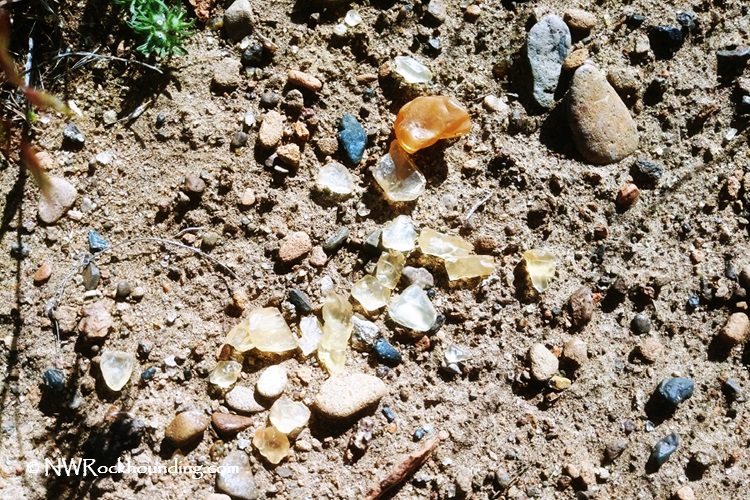Rockhounding regulations vary by location and land management agency. The two main federal agencies that oversee public lands in the United States are the Bureau of Land Management (BLM) and the U.S. Forest Service (USFS)—each with its own rules.
The ability to collect rocks, minerals, and fossils without a permit depends on several factors, including location, material type, and the amount collected.
Most rock and mineral collecting areas are located on BLM or National Forest lands. According to both agencies, personal, non-commercial collecting usually does not require a permit. Only hand tools—such as picks, shovels, hammers, and screens—may be used. The use of mechanized equipment, blasting, or excavation is prohibited.
Bureau of Land Management (BLM) Rockhounding Regulations
The BLM defines rockhounding as the collecting of reasonable amounts of mineral specimens, rocks, semi-precious gemstones, petrified wood, and invertebrate fossils for personal use.
Invertebrate fossils refer to the remains of organisms without backbones, such as corals, shellfish, and common plant fossils.
Public lands are typically open to non-commercial collecting, except for National Monuments, wilderness areas, or withdrawn sites.
Always verify land status and its boundaries. Avoid causing significant disturbance to soil, vegetation, or cultural resources.
General BLM guidance:
- No-fee collection limit: Up to 25 pounds per day plus one piece, not to exceed 250 pounds per year per person, includes minerals, semi-precious gemstones, common invertebrate fossils, petrified wood, and other rocks. For pieces larger than this limit, you must contact your local BLM office for approval.
- Fossils: Fossil collecting depends on the type of fossil. Vertebrate Fossils such as bones, teeth, dinosaur fossils are protected under federal law and cannot be collected without a scientific permit.
- Cultural and archaeological items (e.g. arrowheads, pottery fragments, burial remains) are strictly protected and cannot be collected.
- Equipment: Only hand tools may be used. No mechanized tools, blasting, or large-scale excavation.
- Wilderness areas: Limited to surface collection only.
- Developed recreational sites: Rockhounding is prohibited unless explicitly designated as rockhounding areas.
U.S. National Forest (USFS) Rock Rockhounding Regulations
National Forest lands when it does not cause significant ground disturbance or environmental damage.
Casual collectors may gather small quantities of rocks, minerals, and gemstones for personal, non-commercial use.
General U.S. Forest guidance:
- Collection limits: Up to 10 pounds per day
- Some National Forest are closed to collecting, including areas designated as wilderness, research natural areas, or special habitats.
- Developed recreation sites such as campgrounds and picnic areas: Collecting is also prohibited.
- Vertebrate fossils (bones, teeth, fish remains) cannot be collected without a scientific permit.
- Invertebrate fossils (shells and plant impressions) may be collected in small amounts if not scientifically significant.
- Cultural and archaeological materials—such as pottery shards, arrowheads, or tools—are protected by federal law and must not be disturbed or removed.
- Equipment: Only hand tools may be used. Mechanical equipment, excavation, or commercial collecting requires a special use permit or mining authorization.
Private Claims and Local Rules
Some areas of both BLM and USFS land may be under active mineral claims or used for other purposes. Always make sure you are not in a private claim or restricted area.
Local offices may also impose different limits or additional rules, so it’s best to confirm site-specific regulations before your visit.
👉 Regulations for both the Bureau of Land Management and the U.S. Forest Service can change over time. Always verify the most current rules with the appropriate agency before collecting.



